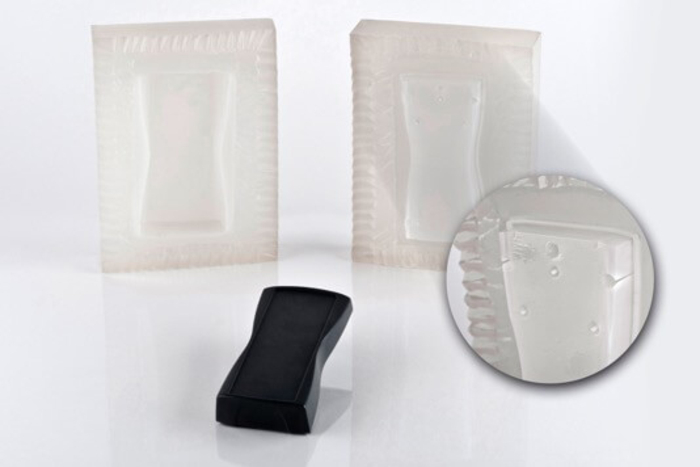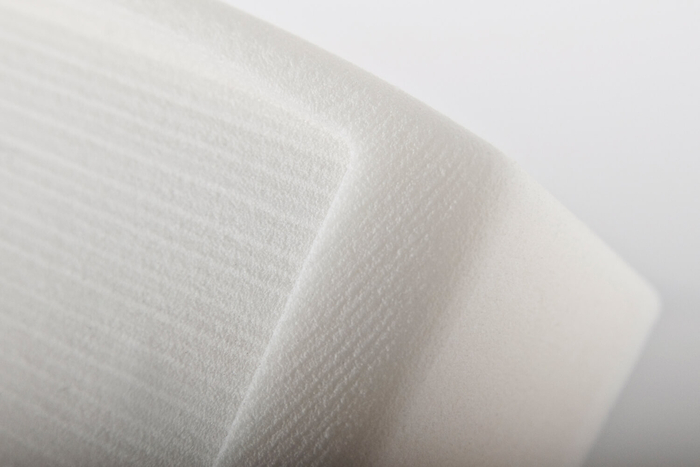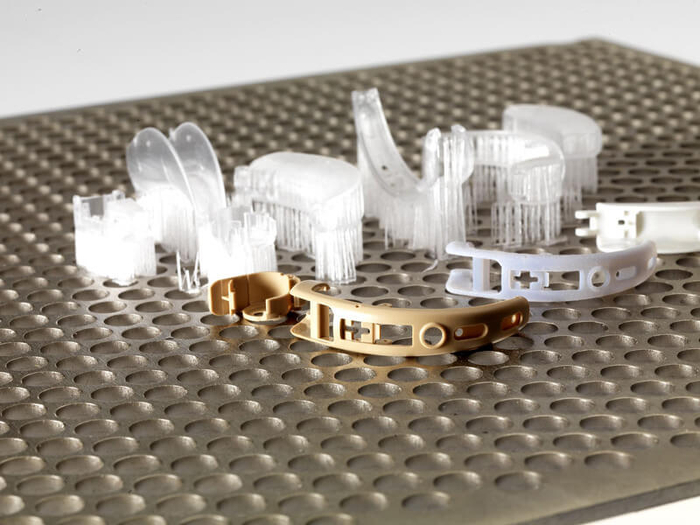Prototype Construction
In addition to the development of customer-specific enclosures and systems, Phoenix Mecano can also manufacture demonstration and function models. We can offer the following processes in the field of prototype manufacturing: Stereolithography (SLA), selective laser sintering (SLS), vacuum casting. The actual process to be used for constructing prototypes depends on the degree of accuracy required, the number of samples, and how the samples are going to be used (design samples, proportion samples, function samples). After detailed discussions have taken place with our customers, we always use the method which is most suitable in terms of cost effectiveness and technical requirements.
Vacuum casting
You are looking for an individual and special enclosure, and you are having it made by us? Naturally, BOPLA’s offer includes letting you see a more precise idea of your enclosure – if you require a large number of high-quality prototypes which are very similar to the later injection moulded part, then we can make this possible within 15 working days. Our choice of method for this is vacuum casting.
In the vacuum casting process, duroplastic moulds are made from silicon tools, and in most cases, parts manufactured with the stereolithography process are used as models for the production of the soft moulds. In the vacuum casting process, duroplastic moulds are made from silicon tools. The actual casting process takes place under a vacuum so that, on the one hand, the mould materials can be processed free of bubbles, and on the other hand, any resistance to flow caused by pockets of air inside the tool can be prevented – the filling of the tool takes place by gravity feeding alone. The result is a bubble-free, high-precision component with precisely defined characteristics. From a steadily increasing range of two-component PU materials, it is possible to select the precise material whose characteristics correspond most closely to the material to be used in later series production.
Selective laser sintering
You are looking for an individual and special enclosure, and you are having it made by us? Naturally, Phoenix Mecano’s offer includes letting you see a more precise idea of your enclosure, so if you need to have small quantities of models of your enclosure, then we can make this possible within 5 working days. Our choice of method for this is selective laser sintering (SLS).
In laser sintering, highly stress-resistant prototypes are created by the melting on – layer by layer – of plastic powder. In this method, prior to the exposure and melting process, a coating system strews thermoplastic powder (a layer approx. 0.1 to 0.2 mm thick) onto the lowerable platform for each machine. The surface of the powder which has just been strewn is then heated to just under the melting point of the material. A laser passes over the component contours which are to be hardened in this layer in order to melt the material on a very localised basis. When the exposure process has been completed, the platform is lowered again and the process is repeated with the geometry data of the next layer until the complete component has been created.
Stereolithography
You are looking for an individual and special enclosure, and you are having it made by us? Naturally, BOPLA’s offer includes letting you see a more precise idea of your enclosure – if you only need to have a quick look at your enclosure, but without requiring a function model, then we can make this possible within 3 working days. Our choice of method for this is stereolithography (SLA).
In stereolithography, prototypes are manufactured using the layer-by-layer hardening of a liquid resin. Working with component cuts previously generated from a 3D model, a laser projects each cut onto the surface of a resin bath so that each contour is hardened. Stereolithography makes it possible to manufacture, from 3D volume models, extremely precise prototypes with perfect details and very good surfaces.







